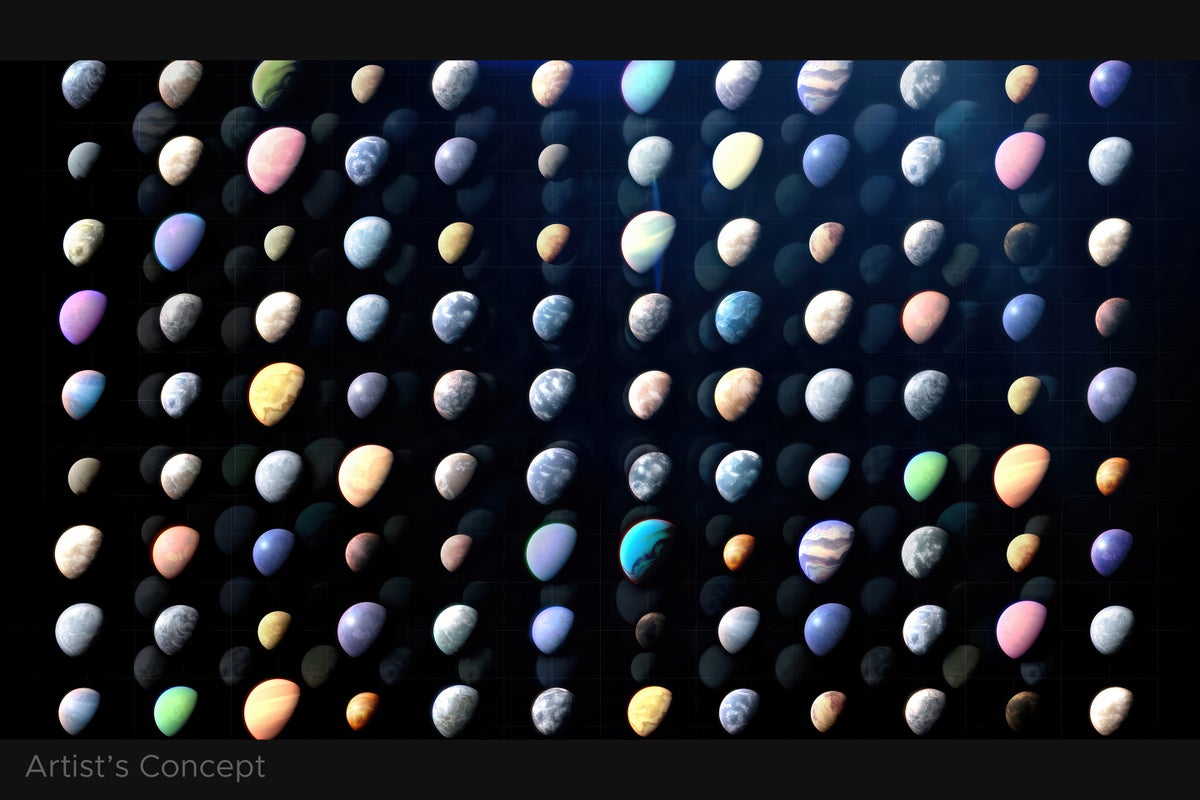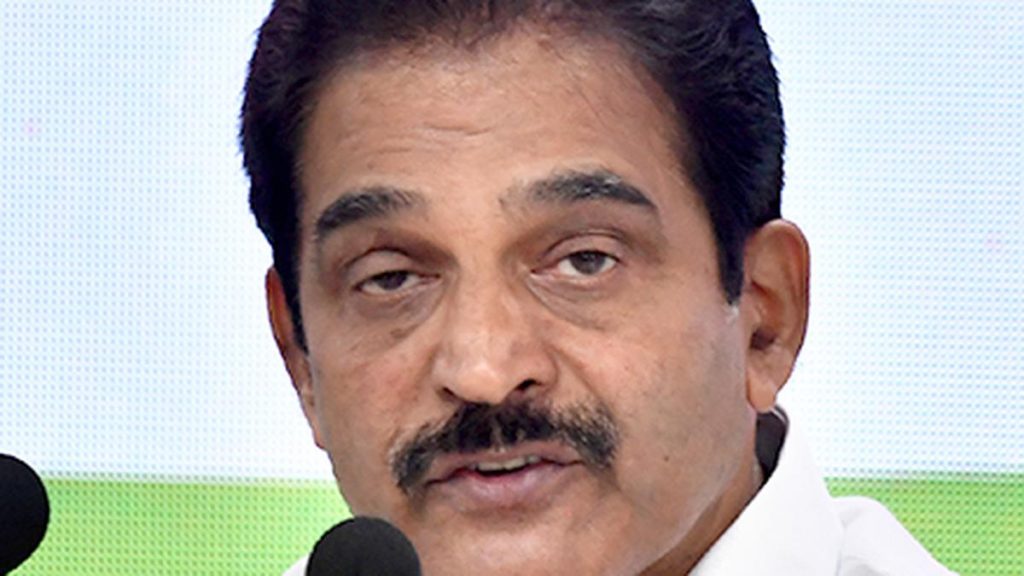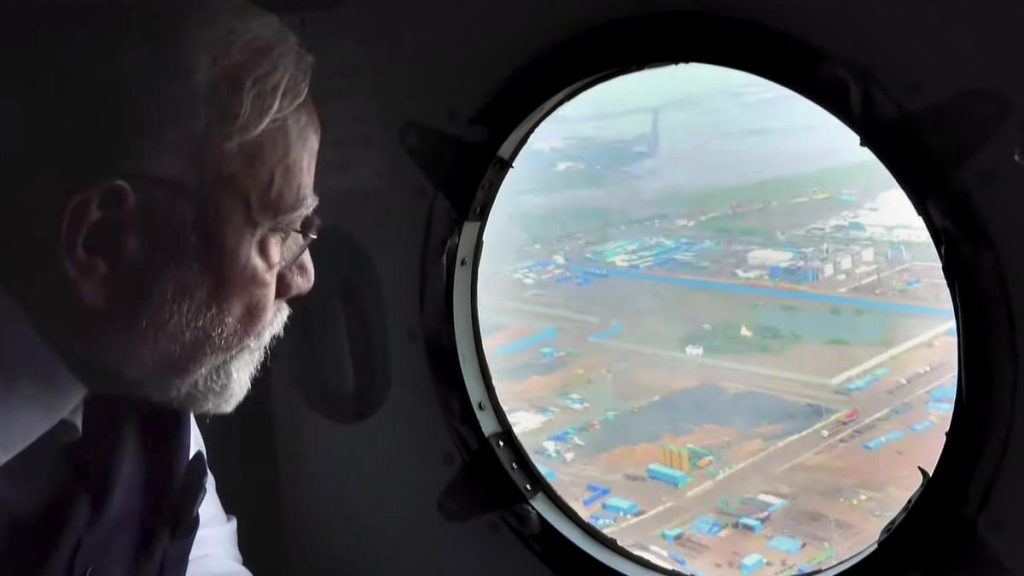Now Reading: NASA Confirms Over 6,000 Exoplanets in Ongoing Discovery
-
01
NASA Confirms Over 6,000 Exoplanets in Ongoing Discovery
NASA Confirms Over 6,000 Exoplanets in Ongoing Discovery

Swift Summary
- NASA has confirmed the finding of 6,007 exoplanets as 1992, with the recent batch of 18 planets primarily being rocky worlds between Earth’s and Neptune’s size.
- Key tools include NASA’s Transiting Exoplanet Survey Satellite (TESS), Kepler space telescope (retired), and ground telescopes.
- Astronomers utilize methods such as detecting starlight flickers (transit method), star wobbles, light curvature due to gravity, and direct imaging for planet discovery.
- TESS alone accounted for nearly half of the confirmed exoplanets since 2022 by surveying the entire sky.
- Predictions suggest rapidly growing tallies:
– European Space Agency’s Gaia mission is expected to release data in 2026.
– Nancy Grace Roman Space Telescope may identify up to 100,000 exoplanets within a decade.
- Current focus is shifting from counting exoplanets to studying their atmospheres, compositions, evolution processes, and potential for life.
– The James Webb Space Telescope aids research on planet atmospheres.- Future telescope projects aim at analyzing habitability characteristics.
Jessie Christiansen, NASA Exoplanets Institute scientist, emphasized this phase as moving from “stamp collecting” planetary discoveries toward understanding their physics.
!graphic_d.png?m=1758236743.456&w=900″>Timeline graphic
Indian Opinion Analysis
The milestone of identifying over 6,000 exoplanets reflects monumental progress in international space exploration efforts but also underscores India’s potential role in this endeavor. India’s established capabilities-demonstrated through missions like Mangalyaan and AstroSat-position it well for collaborative or indigenous contributions toward expanding exo-world knowledge.
such discoveries have far-reaching implications beyond academia; they enhance our understanding of planetary formation and habitability while fostering innovation in astrophysics and engineering technologies applicable across industries. From an analytical lens rooted in first principles logic: contributing more actively to these global milestones aligns with long-term goals spanning self-reliant science growth (Atmanirbhar Bharat) while strengthening India’s presence among leading nations advancing space frontiers.
Efforts like ISRO’s partnership with international observatories or self-reliant ventures into next-gen research satellites could ensure India contributes meaningfully not onyl to cataloging distant worlds but also exploring fundamental questions about life’s existence beyond Earth-a pursuit both awe-inspiring yet grounded firmly within humanity-driven scientific inquiry.
























